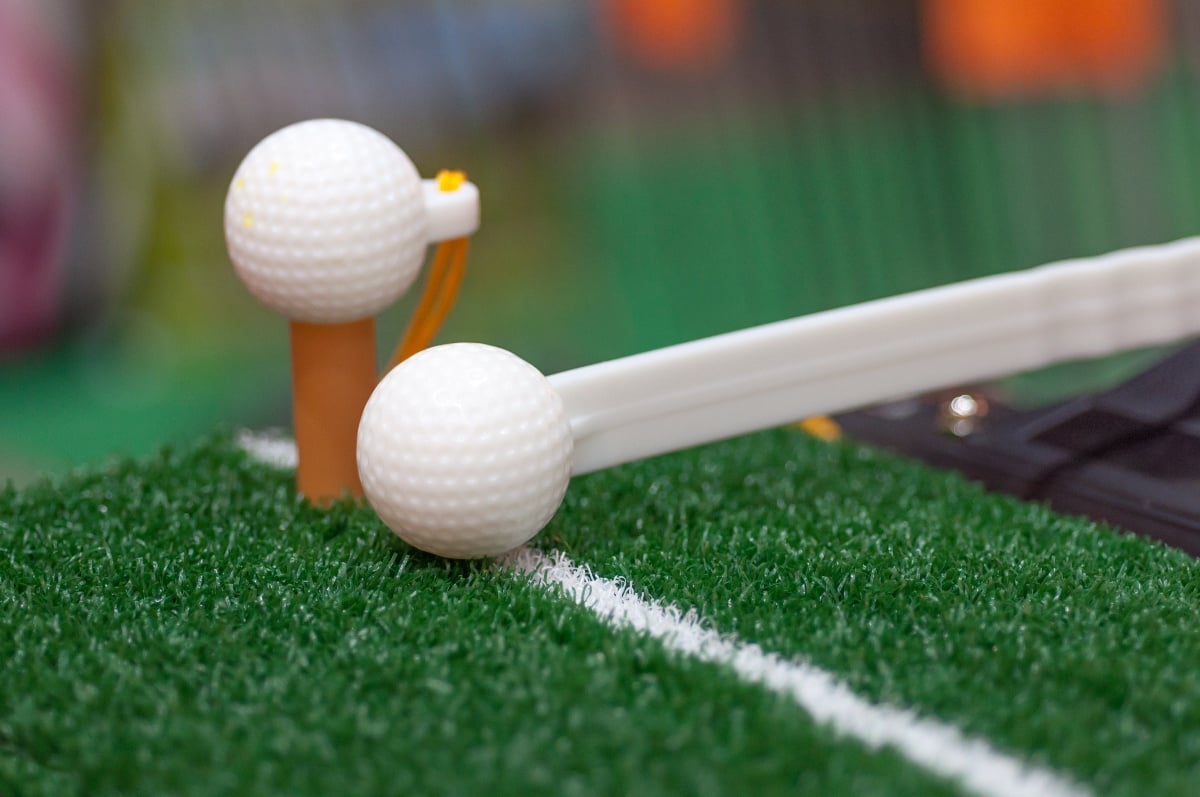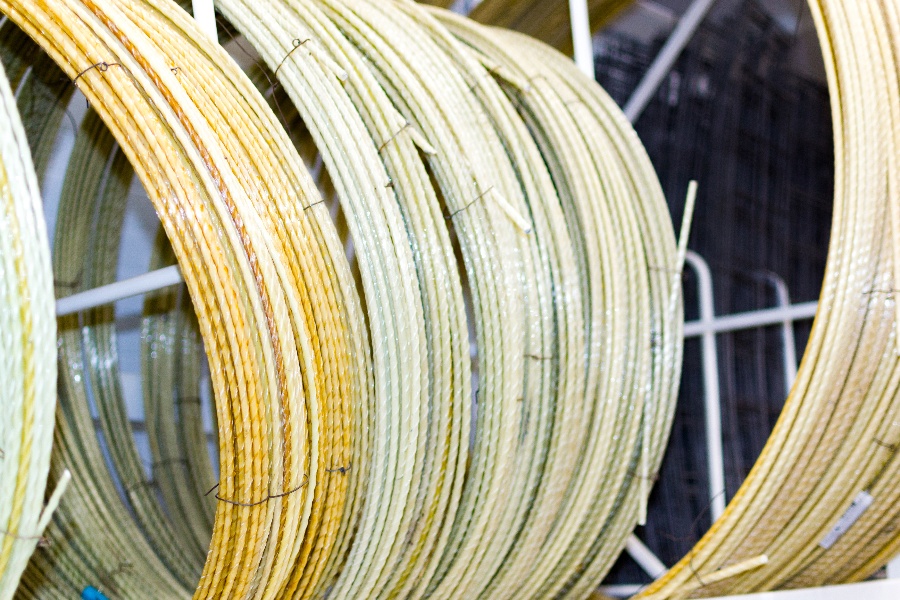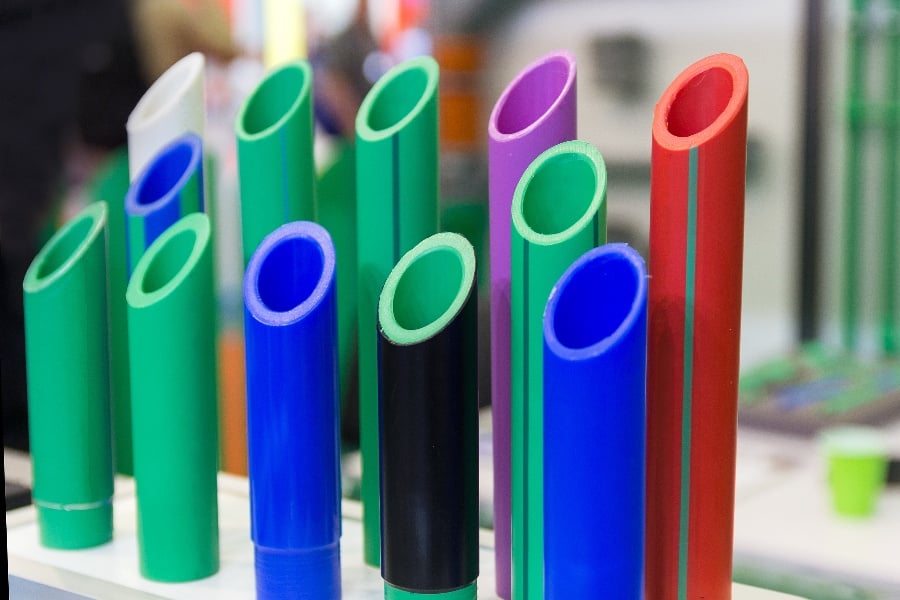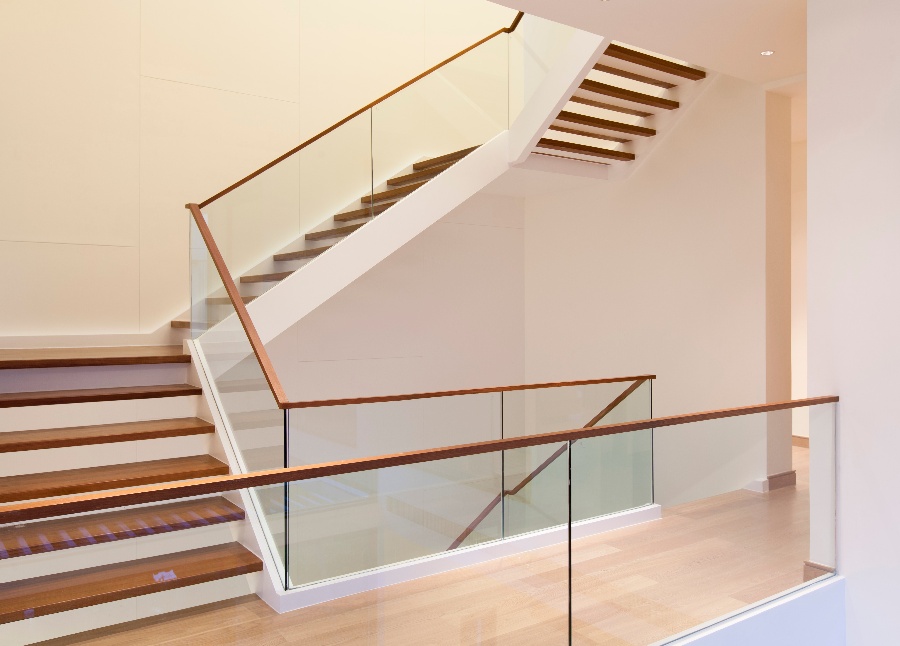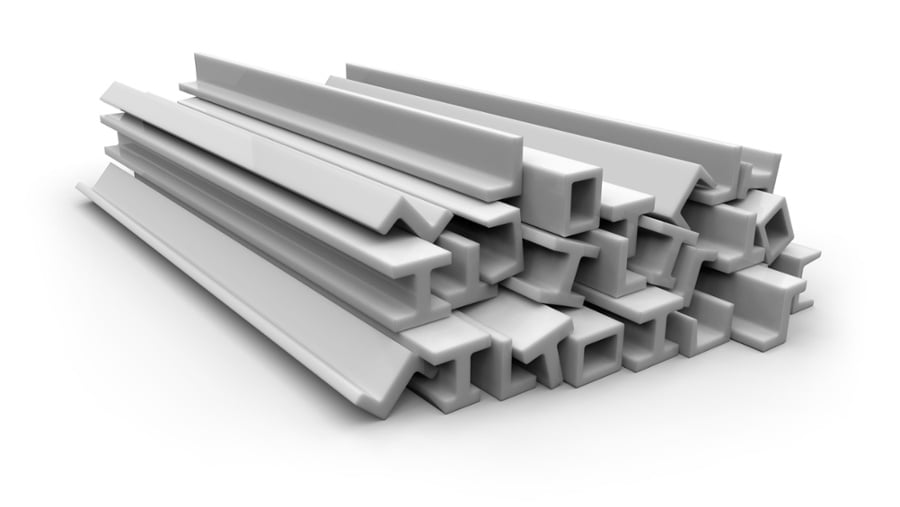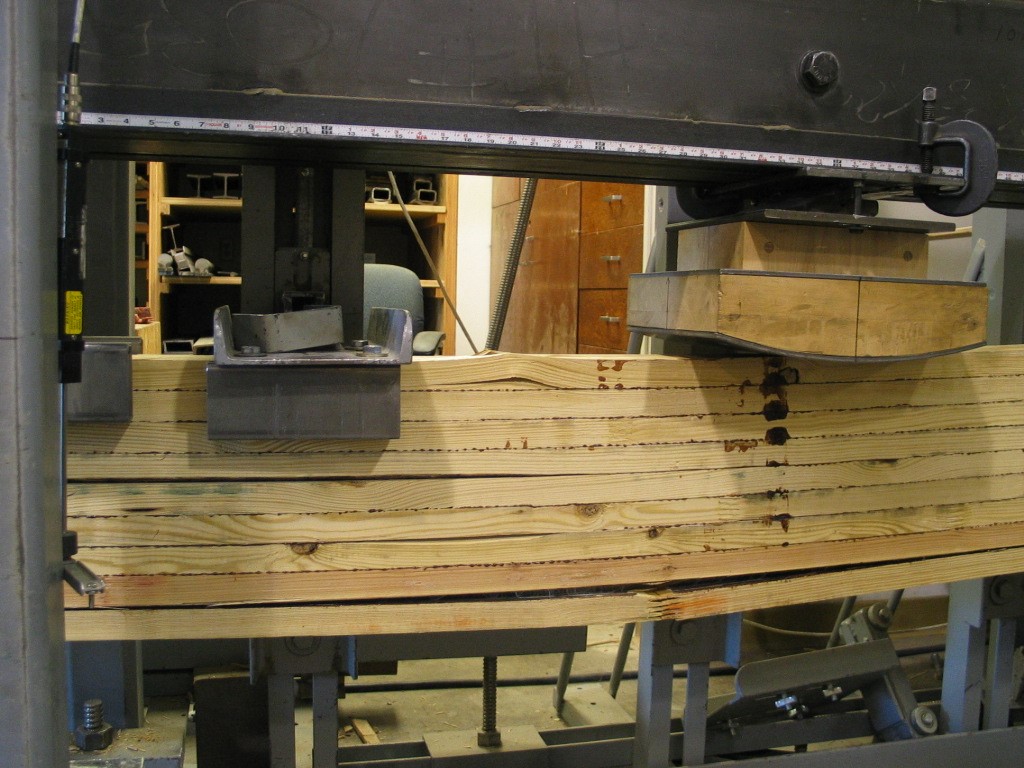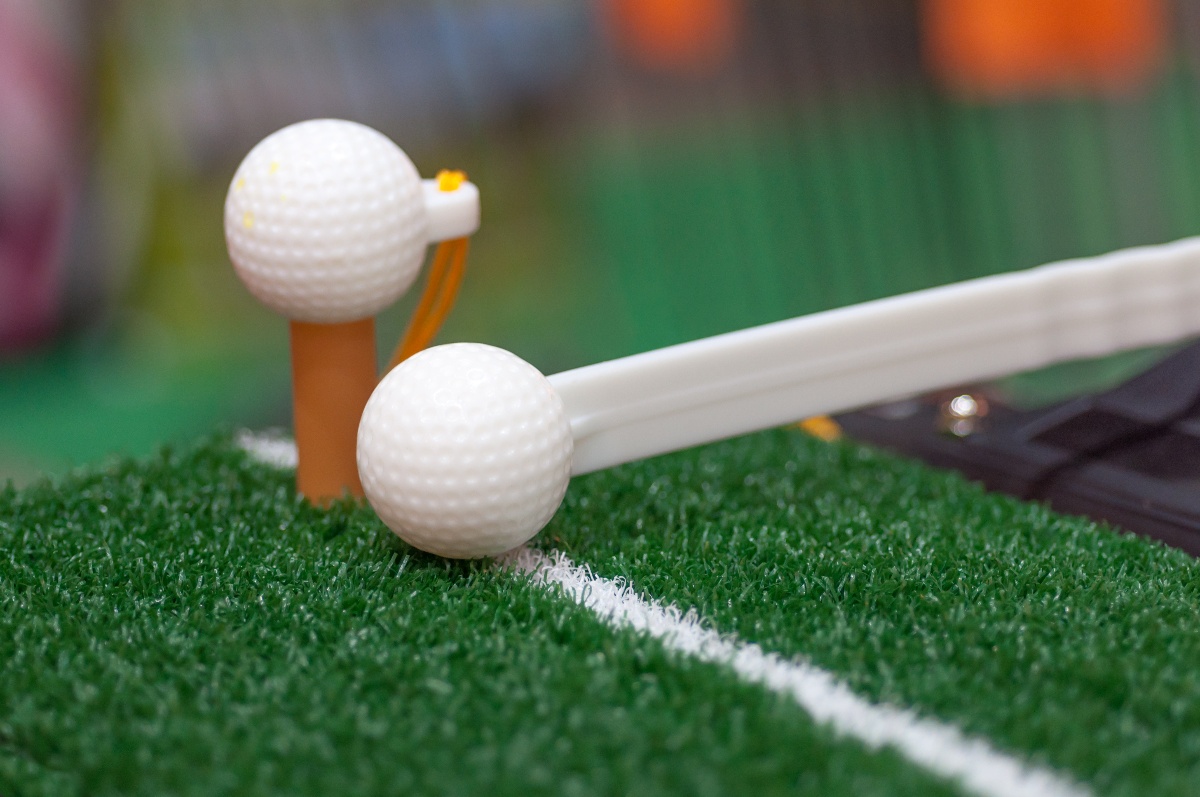
Golf is a precision sport that relies on consistent, repeatable mechanics to achieve accurate shot-making. With the golf swing involving intricate coordination of the body and optimization of clubface control, even minor errors can lead to poor performance. This is why training aids have become invaluable tools for golfers striving to enhance their skills. By isolating specific aspects of the golf swing and quantifying swing mechanics, training aids provide the focused practice and feedback essential for improvement.
Engineering principles are crucial for elevating the design and functionality of golf training aids. Applying materials science helps recreate the actual look, feel, and weight distributions of golf clubs. Sensor technologies enable tracking critical sports metrics like swing plane, tempo, grip pressure, and ball launch conditions that were previously hard to quantify. Integration of design thinking is imperative for ensuring aids are adaptable, portable, and easy to use. Simulation technologies even allow the creation of interactive training tools and models. Golfers now have access to meaningful data and insights to systematically refine their techniques and physical conditioning.
This symbiosis between sports science and engineering will only grow as researchers continue pushing the boundaries of biomechanics analysis, equipment customization, and personalized coaching. Innovative training aids are primed to transform the way golfers train. But it will require sports engineers to properly balance technological capabilities with practical functionality to help golfers focus their practice where it matters most.
In this article, we will dive into the key engineering principles behind designing golf training aids and the materials that help improve golfers’ games all over the world.
Key Engineering Principles in Golf Training Aid Design
Creating truly effective golf training aids requires incorporating core engineering tenets spanning sports biomechanics, ergonomic design, materials science, and user-centric principles.
Understanding the intricate physics and physiology behind the golf swing provides the foundation. Determining exactly which elements contribute to clubhead speed and launch conditions informs where aids should focus. Designing adjustable weight distribution then helps engrain proper muscle sequencing. Guiding optimal stance, posture, and grip trains needed mobility and flexibility.
Ergonomic design ensures golf training aids mirror real club feel and movement mechanics. Factors like grip diameter, shaft stiffness, and swing weight alteration allow matching individuals’ sizing and strength levels. Adaptable components or custom 3D-printed parts can tailor the training challenge. Intuitive shapes and grip patterns additionally promote natural motion.
The materials used must also balance critical needs like durability, flexibility, and responsiveness. Swing trainers demand resilient polymers with high tear strength to endure repetitive use. Putting cup inserts require soft, consistent foam materials to absorb impact. Suspension cable systems need firm, low-stretch woven fibers. And smart sensor handles benefit from rigid internal frames to resist shock.
By unifying insights from both engineering and sports science, next-generation golf training aids can offer unprecedented customization. Swing analyzers will detect player-specific movement compensation patterns. Automated feedback will then guide technique adjustments via real-time motion mapping. The future of golf training will fuse biomechanics quantitation with engineering customizability for new levels of improvement.
Desired Properties of Golf Training Aid Materials
Engineering materials for golf training aids demand a delicate balance of physical, mechanical, and manufacturing properties to assist players effectively without negatively altering swing mechanics. Lightweight construction is paramount for portable aids supporting full swings. Density reductions must not sacrifice clubhead inertial feel that influences control and pacing. Lightweight polymer foams, metallic foams, or syntactic cores aid this cause.
Structural rigidity ensures aids hold form under powerful impacts, torsional loads, and prolonged fatigue loading without failing or permanently deforming. Stiffness levels tune self-correction feedback. Nanoreinforced polymers create highly rigid designs sans excess weight. Responsiveness correlates clubface vibrations to ball impact feel. Minimal damping provides intuitive instant feedback on strike quality while limiting negative vibration. Viscoelastic gels or ancillary dampers prevent overload.
Wear and scratch resistance are vital for long-term usage, especially on clubfaces. Abrasion-resistant coatings using engineering ceramics retain high-quality aesthetics and consistent feedback. Balancing all criteria requires extensive design analysis and material tests accounting for players’ personal force outputs and flexibility.
Potential of Fiberglass Reinforced Plastic for Golf Training Aids
Fiberglass-reinforced plastic (FRP) composites present game-changing potential as a structural golf aid material owing to enhanced strength-to-weight characteristics, design versatility, and modern manufacturing improvements.
The crux of FRP lies in the synergistic reinforcement of plastic polymer matrices by ultra-strong glass fibers woven into fabric sheets or various orientations. Epoxy resins are commonly integrated for structural rigidification. This enables tailoring the composite properties by tuning the polymer, fiber layout, and manufacturing process.
Mechanical rigidity and impact resilience are greater than standard plastics to repeatedly endure high-velocity clubhead swings. Anisotropic-tailored fiber alignment also channels stresses efficiently. FRP aids match metals in durability but at a fraction of the weight–enabling larger yet portable designs. Dynamic swing weight modification grows simpler through localized composite patching.
Streamlined production with composites is crucial for individual customization. Lightweight, durable, manufacturable FRP composites fuse unrestricted design freedom with vital playability. This combination will accelerate the sophistication of golf training systems–helping engrain muscle memory and feel through perfectly tailored aids matching players’ strength, flexibility, and swing plane needs.

